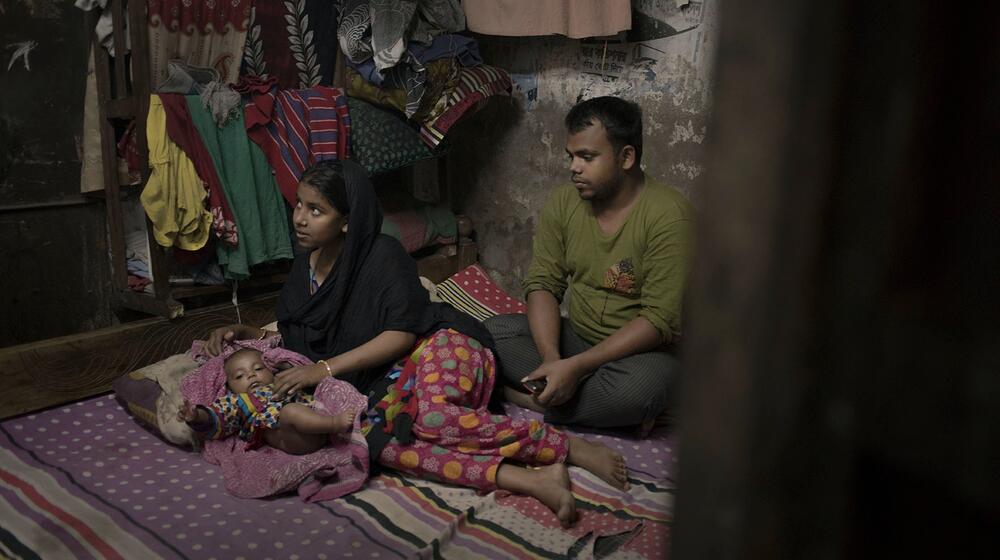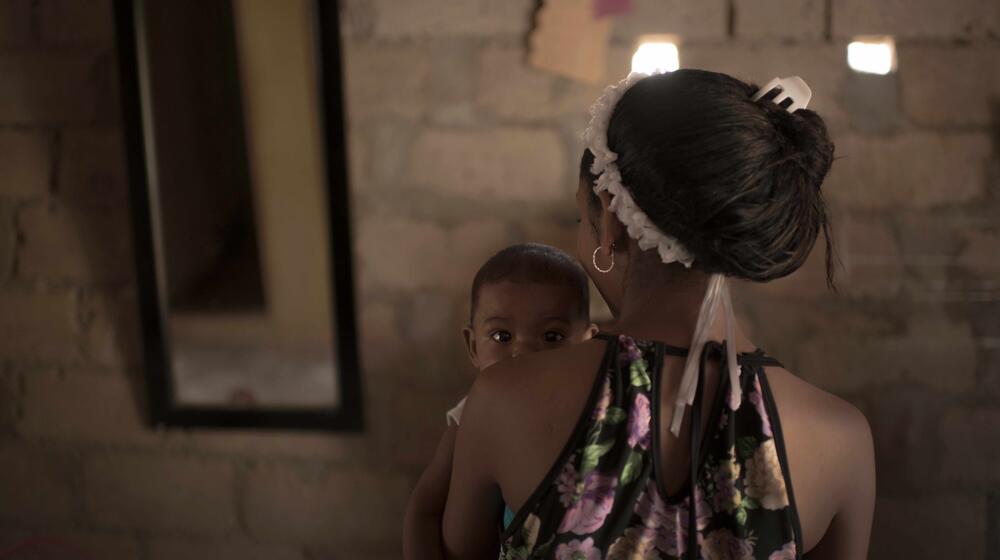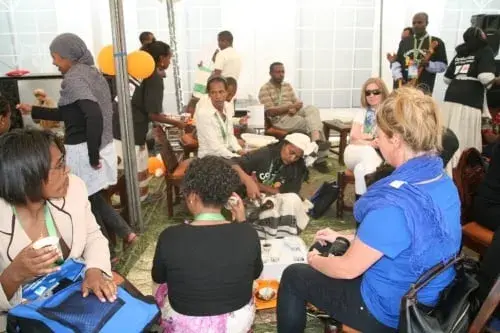UNITED NATIONS, New York – Almost one third of women in developing countries had their first baby while they were still in their teens, a recently released report shows, with nearly half of those new mothers aged 17 and younger – still children themselves.
Gender-based and income inequalities are highlighted as key in fuelling teen pregnancies by increasing child marriage rates, keeping girls out of school, restricting their career aspirations, and limiting health care and information on safe, consensual sex.
Entrenching these inequalities are climate disasters, COVID-19 and conflict, which are all upending lives around the world, obliterating livelihoods and making it more difficult for girls to afford or even physically reach school and health services. This leaves tens of millions yet more vulnerable to child marriage and early pregnancy.
“When nearly a third of all women in developing countries are becoming mothers during adolescence, it is clear the world is failing adolescent girls,” said UNFPA Executive Director Dr. Natalia Kanem. “The repeat pregnancies we see among adolescent mothers are a glaring signpost that they desperately need sexual and reproductive health information and services.”
Adolescent motherhood doesn’t imply unintended pregnancies
Most births among girls under the age of 18 in 54 developing countries are reported as taking place within a marriage or union. Although more than half of those pregnancies were classified as “intended”, young girls’ ability to decide whether to have children can be severely constrained. Indeed, the report finds that adolescent pregnancy is often – albeit not always – driven by a lack of meaningful choice, limited agency, and even force or coercion.
Even in contexts where adolescent motherhood is considered acceptable and planned for, it can carry serious and long-term repercussions, especially when health-care systems fail to ensure accessible sexual and reproductive care and information for this vulnerable age group.
Complications in pregnancy and childbirth are the leading cause of death among girls aged 15 to 19 years, who are also far more likely to suffer a litany of other violations of their human rights, from forced marriage and intimate partner violence to serious mental health impacts of bearing children before they are out of childhood themselves.

Girls who give birth in adolescence also often go on to have more than one baby in quick succession – which can be dangerous both physically and psychologically. Among those who first gave birth at age 14 or younger, nearly three quarters had a second baby before they turned 20, and a staggering 40 per cent of those had a third before they left their teens.
What’s keeping rates of child motherhood so high?
Adolescent births now account for 16 per cent of all births in the world, and the report shows women who began childbearing in adolescence had almost five births by the time they reached age 40. With inequalities and humanitarian crises multiplying and intensifying, we know women and girls are bearing an unequal burden of the consequent physical, psychological and economic turmoil.
In conflict as in climate disasters, schools and health facilities are frequently reduced to rubble and devoid of staff and equipment. Insecurity and violence render it impossible for people to move around even for basic necessities, including contraception and other critical sexual and reproductive health care.
Crises and displacement are also known to lead to spikes in gender-based and sexual violence, in turn causing more sexually transmitted infections, unwanted pregnancies from rape, and rising rates of forced and child marriages as parents struggle to cope with financial hardship and aching hunger. Under these circumstances, access to employment, education and health services is disrupted or suspended entirely, pushing girls out of school, women out of the workforce and leading child marriages and unintended pregnancies to soar.
And yet these trends are not new: Research shows that despite some progress, over the last 60 years the proportion of first-time births among girls aged 17 and younger has only fallen from 60 to 45 per cent – a drop of some 2 percentage points every 10 years.
Raise up girls’ value by investing in their futures

The report calls for strengthened support for comprehensive sexual and reproductive care as well as commitment to girls’ educational and employment potential. This is particularly urgent for those in vulnerable and lower-income contexts, where the numbers of adolescent mothers are highest.
“Governments need to invest in adolescent girls and expand their opportunities, resources, and skillsets, thereby helping avoid early and unintended pregnancies,” Dr. Kanem added. “When girls can meaningfully chart their own life course, motherhood in childhood will grow increasingly rare.”
Initiatives to keep girls in school, alongside comprehensive sexuality education and life skills training, have proved effective in empowering them to make their own choices. This will help them to forge a path out of poverty and towards a brighter future, one in which they will choose to enter motherhood only when they decide they are ready, able and willing to do so.
* Names changed for privacy and protection




